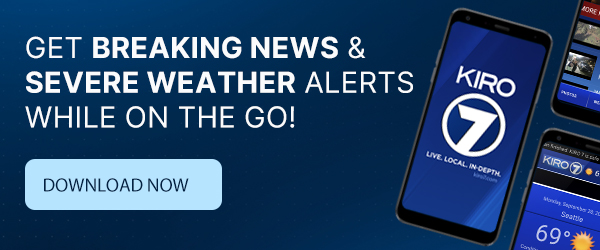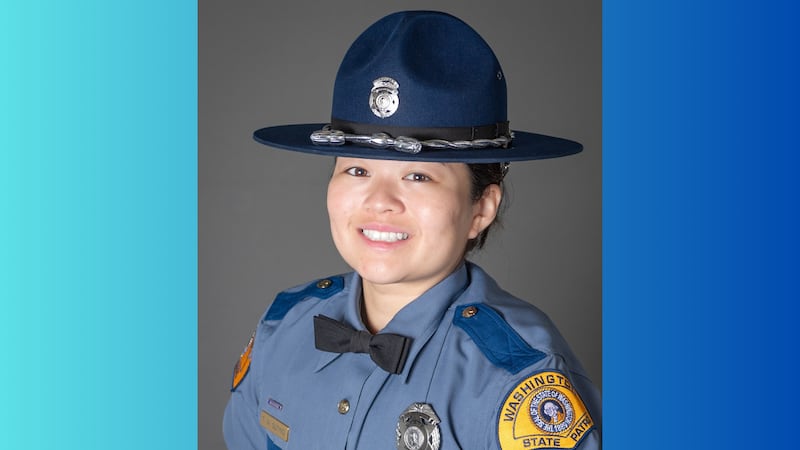The expiration of these benefits in November was a significant concern for many, including Veronica Pina, who depends on SNAP due to her disability and lack of employment.
“Not having a job right now because of my disability and I have exhausted all of my savings,” Pina said, highlighting the critical role SNAP plays in her life.
“SNAP was helping me,” Pina stated, emphasizing the importance of the benefits she no longer receives due to the shutdown.
The Department of Social and Health Services reports that approximately 12 percent of the state’s population received SNAP benefits this year.
This widespread reliance underscores the potential impact of the benefits’ expiration. Food banks across the region, including the Puyallup Food Bank, are preparing for increased demand. “Our food bank serves about 70 partners every month.
We serve a 5-county region and we know the meal programs are being hit incredibly hard,” said Shawn Manley, CEO of Puyallup Food Bank. Robin Peterson from the West Seattle Food Bank expressed concern about meeting the rising needs.
“Absolutely,” Peterson replied when asked if there was fear of not having enough resources. “But it means for us that we are going to have to buy more food.
We can’t rely entirely on the donations that come in.” Despite her own challenges, Veronica Pina continues to support her neighbors.
“I have people that live near me that are going without and I go to them and give them what I can’t eat,” she said, demonstrating community solidarity in difficult times.
As SNAP benefits expire, many residents like Veronica Pina are left without crucial support, while food banks brace for increased demand. Pina calls for compassion, stating, “People need to be a little more compassionate right now. And it’s not a party thing anymore. It’s people need some help.”
The U.S. Department of Agriculture (USDA) posted a notice on its website saying federal food aid will not go out on Nov. 1.
This means that thousands of families in Washington are at risk of going hungry.
According to the Washington State Department of Social and Health Services (DSHS), in September, more than 540,000 households in our state received benefits.
DSHS says that totals out to roughly $173 million.
Finding a food bank or pantry near you
According to Hunger Free Washington, there are over 500 food banks and pantries in our state—and they’re open to everyone.
Washington 211 runs an interactive map that allows you to find the nearest one to where you live. You can select what days of the week they’re open, and if English isn’t your first language – you can find pantries that are fluent in your native language.
You can also dial 211 to speak with someone on the phone who can help you find a food bank or other resources near you. The service is free and confidential. Call between 9 a.m. and 5 p.m.
Another resource is the Salvation Army. The Salvation Army Northwest provided over one million meals for families and individuals struggling with food insecurity.
To find a location with a food pantry, click here.
Do I need to bring anything?
Some food banks might ask you for a photo ID and proof of address. If you request baby formula or diapers, they might ask for a copy of your child’s birth certificate.
You can still receive food even if you don’t have the right documents. Most food banks on the map make food available to everyone, regardless of paperwork.
You might be asked questions about your race, ethnicity, and citizenship status. These questions are not required. You can skip them and still receive food. Food banks use this information to collect data about the communities that they serve.
Expect a line
Depending on demand, you might need to wait for more than an hour before you receive food. Dress warm. At some locations, you may have to wait outside.
Are there pickup or delivery options?
The short answer is yes. It depends on the location, though. Give your nearest food bank a call, and they can walk you through what your options are.
Free student meals
According to Hunger Free Washington, over 1,500 schools in our state offer free meals to all students.
Click here to see an interactive map of which schools offer this program.
The map was created using data from the Office of the Superintendent of Public Instruction (OSPI).
Even if your child’s school doesn’t offer free meals to all students, they may still qualify.
Eligibility depends on whether your family’s income meets the income limits for the 2025-26 school year.
©2025 Cox Media Group





